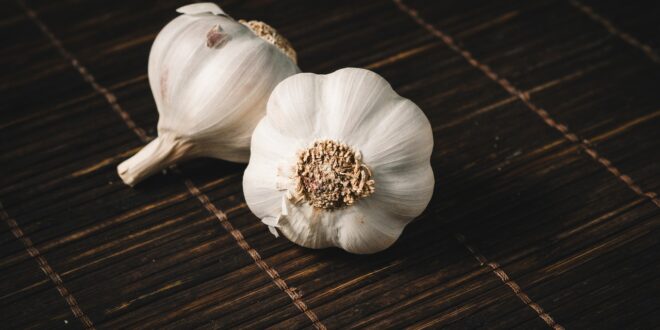We all want the best for ourselves and our loved ones, and we try and purchase the best food items that money can buy. Everyone wants to stay away from artificial goods that have been grown using a lot of chemicals and pesticides, and we want to ensure that the items we are purchasing are organic and natural. There are many different types of foods that are easy to identify, and we don’t need a lot to realize if they are naturally grown or not.
However, there are some foods that are difficult to single out, and we cannot recognize if we are dealing with something that is good for our health, or if we are risking purchasing artificially grown goods. In this article, we are going to help you identify organic garlic in just a few easy steps, so continue reading so you don’t get tricked into buying the worse products that may impact your health.
1. The best looking doesn’t always mean the best quality
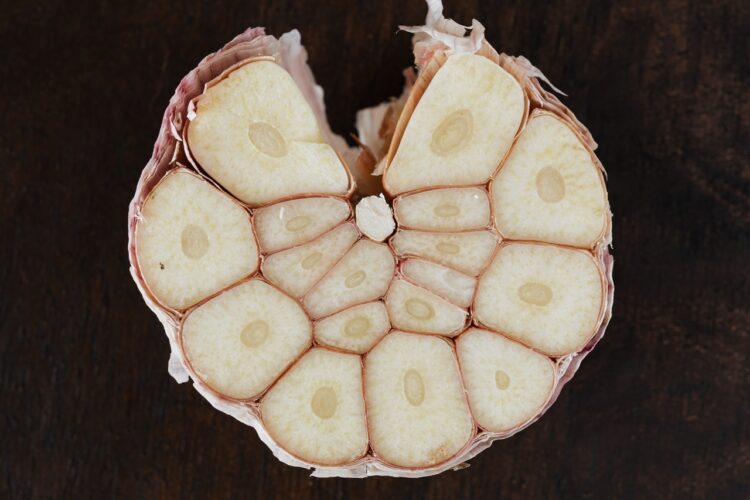
Nothing in nature is perfect, so you should not look for perfection in organic items. The best quality is not represented by the outside look, and if you notice that all the items in the package are looking amazing, chances are, they are not inorganic.
Places that produce inorganic garlic make the products look beautiful by adding so many chemicals and pesticides. And, if you choose to go for just the way the product looks, you may end up purchasing the wrong one.
Note that organic products may be faulty, they may not look always great, and they will be different from one another. So, look for items that don’t look like they are made to be flawless.
2. Color
The next thing that will help you identify natural items is the color. When it comes to garlic, we all know that it is white. However, there are so many different shades of white, and you should pay attention to them.
Inorganic products are actually really white, they don’t have any flaws or discoloration on them, and they look like they’ve all been cleaned before being placed on the shelves.
Know that the roots of the inorganic items will also be really white, almost translucent. They also usually look really good, and you can easily tell that they are not naturally grown.
When it comes to natural items, they are not always the cleanest shade of white, and they can have even some light yellow or even grayish parts. They may seem like they are dirty, and this is what shows they are natural. Note that the roots will also vary in color, and they will not look like they’ve been artificially produced.
3. Use a trusted seller
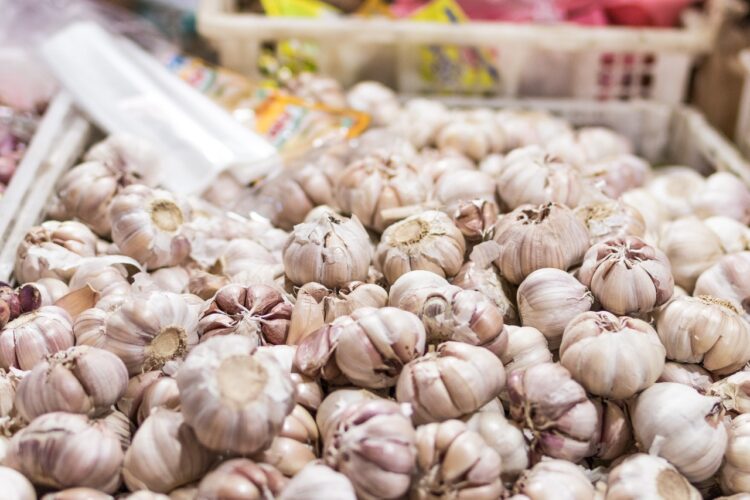
The place where you purchase your goods will make a difference as well. Trusted sellers are hind to find, so if you know someone, then don’t risk things out with places you don’t know if they are honest.
You should look for places that don’t steer away from showing their certification and proof that they are growing their goods naturally.
As you can see if you check this, when it comes to garlic wholesale, you need to have your options, and the seller needs to give you all the information about the products without trying to trick you into buying.
Look for places that are proud of their items, and that have a label to show for it. Note that you should also always check the label, and make sure that you can easily spot all the things that point out to naturally grown goods.
4. Size
Size plays another big role in identifying natural products. When we purchase an item in the green market, we want to get the best, heaviest, and biggest items we can find. However, if the garlic is just big, that does not mean that it is good.
Try to pay attention to all the items on the shelf, and if they look like they are all the same size, without varying, chances are, they are not organic.
The natural items will come in different shapes, sizes, and forms, so you should not look for unified items. Some may be big and bulky, while others may be small and light. You don’t have to go for the small ones, but it is good to know that there is diversity.
5. Check the roots
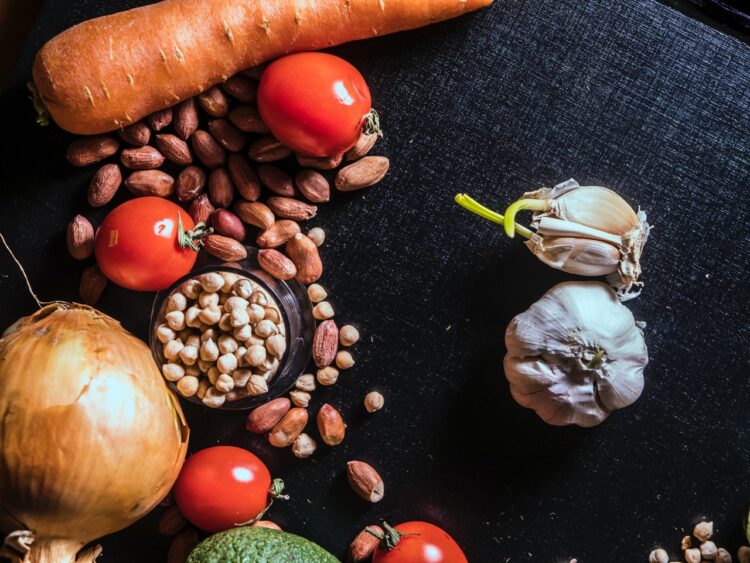
Now let’s give you some advice on how to check the type of product you have in your own home. Experts suggest that the natural items will start growing roots if you put them in water, and the artificial ones will not.
So, take one full garlic, and put it in some water. Keep it away from direct sunlight, in a room-temperature place. In a few days, it should start growing roots. If this doesn’t happen, chances are, you’ve purchased some artificial goods. Even though inorganic products will start growing roots eventually, the process is way slower, and the roots will be barely noticeable.
6. Price makes a difference
There is always going to be a difference in price when it comes to organic goods and those that are made artificially. The former is always going to be more expensive than the latter, just because the production process is slower and more expensive.
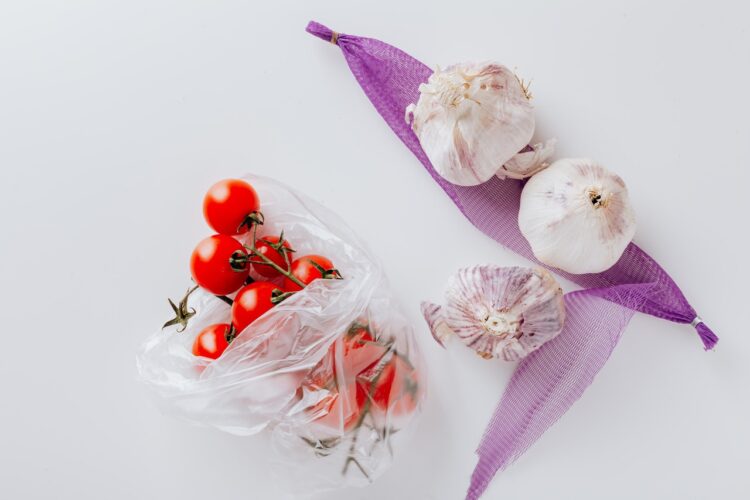
If you go for the cheapest items in the store, chances are, you won’t purchase naturally grown goods. On the same note, it does not mean that if the item is budget-friendly that it is not organic, but you should always compare the prices of the goods. If the same seller sells different seemingly similar garlic, but with different price tags, go for the one that’s more expensive.
These are some of the steps you can follow to ensure the quality of the goods you are purchasing. Talk to your friends about recommending you to a trusted seller, and do your research beforehand. The difference in taste even though is slight, it is still noticeable. Make sure you always purchase the best items for you and your family and know that the difference in quality between these two items is really big.
 Hi Boox Popular Magazine 2024
Hi Boox Popular Magazine 2024
